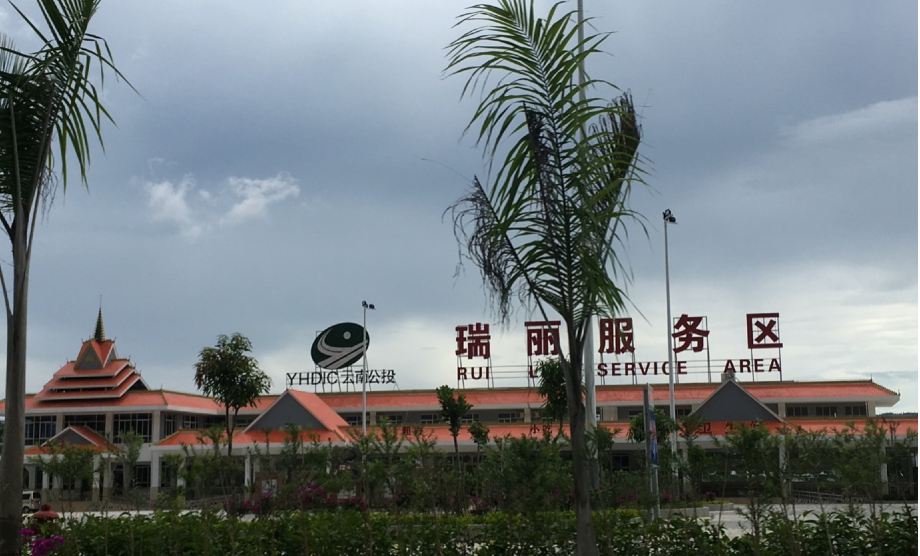B/ordering Infrastructures: How Chinese infrastructures have ordered Myanmar’s borderlands

A research article, titled ‘Infrastructures and b/ordering: how Chinese projects are ordering China–Myanmar border spaces’ scrutinises the nexus of bordering practices and infrastructure developments in the borderlands between China’s Yunnan province and Myanmar’s Kachin state. The paper (open-access) is based on long-term ethnography along and across the China–Myanmar border conducted by Karin Dean, Jasnea Sarma (PGG) and Allesandro Rippa between 2000 and 2019.
They argue that ‘infrastructures such as ‘roads, plantations and special economic zones have started to regulate the volatile and contested Myanmar-China borderlands more effectively than the official boundaries (border fences and checkpoints) that delimit complex territorialities in the border region.’ They identity these infrastructures are ‘facilitating, channelling or restricting passage, contributing to disconnections and arranging spaces in novel ways.’
Abstract
“Border regions worldwide have gained prominence for how nation-states order, divide and understand the world. This is increasingly made explicit in the selective management of global commercial and human flows, leading to a paradoxical development and a major dilemma for the contemporary bordering practices in border regions: that of concurrently facilitating differentiated mobility while ensuring territorial integrity, securing both territories and flows. This paper argues that large-scale transnational infrastructures, by controlling, facilitating and channelizing cross-border mobilities, have emerged as a major instrument of b/ordering space in borderlands. This is especially relevant in Asia, where transnational, cross-border connectivity infrastructure projects have mushroomed, supported by political rhetoric, big budgets and diplomatic vigour. Grounded in long-term ethnographic research, the paper scrutinizes variegated infrastructure spaces in the seemingly remote and conflict-riddled borderlands between China’s Yunnan province and northern Myanmar’s Kachin state, subject to intensive Chinese infrastructure developments since the mid-1990s, further accelerated by the launch of China’s Belt and Road Initiative (BRI) in 2015. The paper argues that infrastructures such as roads, plantations and special economic zones have started to regulate these volatile and contested borderlands more effectively than the official boundaries that delimit complex territorialities in the border region.”
To cite:
Dean K, Sarma J, Rippa A (2022) Infrastructures and b/ordering: how Chinese projects are ordering China–Myanmar border spaces, Territory, Politics, Governance. https://doi.org/10.1080/21622671.2022.2108892